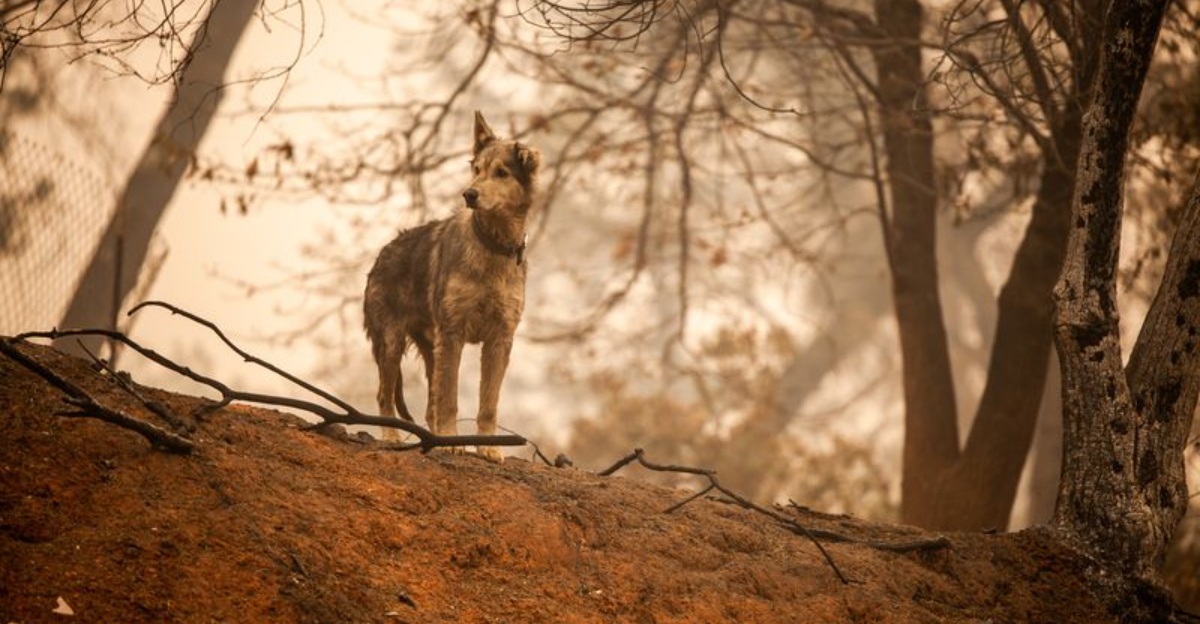Every fall, Georgia sees an increase in stray dogs wandering streets and neighborhoods.
Cooler weather, changing routines, and abandoned pets contribute to the rise, creating challenges for communities and animal shelters.
Understanding the factors behind this seasonal surge can help locals respond with awareness, compassion, and action.
From increased outdoor activity to overlooked litters, these ten reasons explain why the number of stray dogs climbs each autumn and what can be done to address it.
1. Hunting Season Abandonment
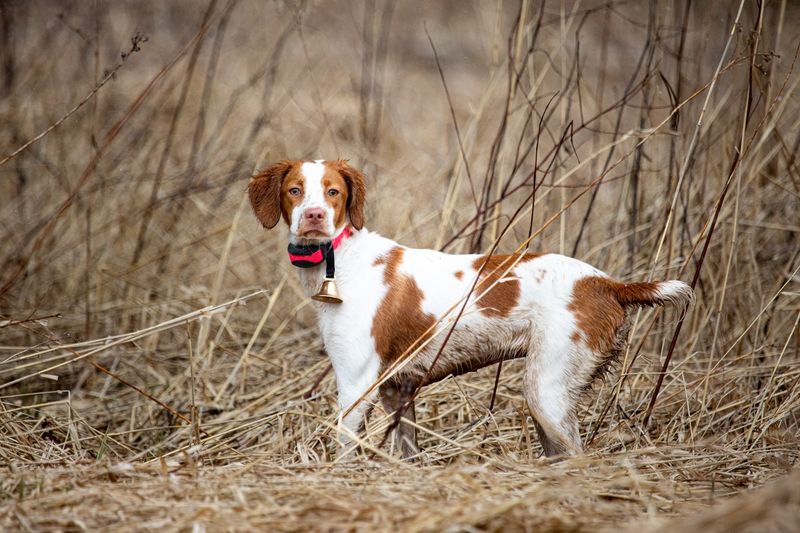
Hunters often ditch dogs that don’t perform well during training. When hunting season arrives in fall, dogs that fail to track game or respond to commands get left behind in rural areas.
These abandoned hunting breeds – often hounds and pointers – wander confused, searching for food and shelter.
Local animal control officers report finding clusters of similar-looking dogs in wooded areas each October and November.
2. Summer Vacation Pets Left Behind
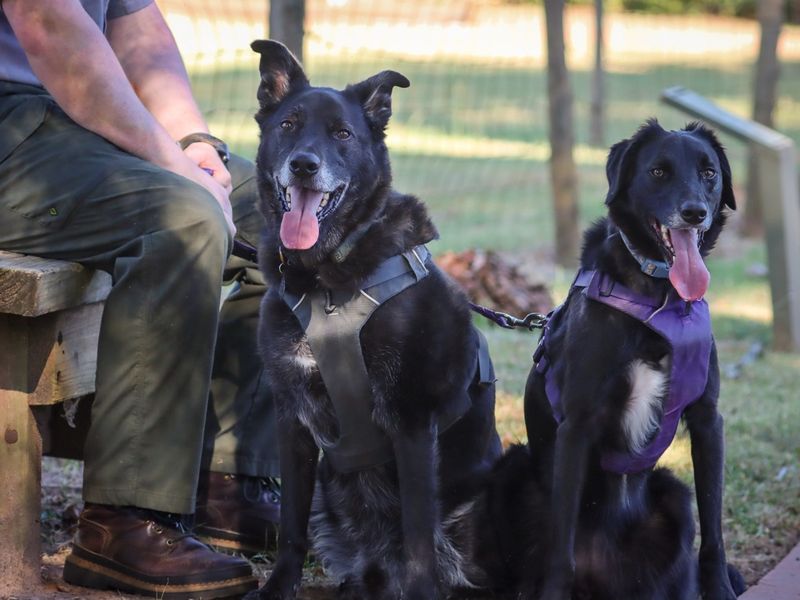
Families sometimes make impulsive pet adoptions during summer vacation time. Come fall, reality hits when school and work schedules resume, leaving no time for the new dog.
Rather than returning pets to shelters, some people simply abandon them.
Moving trucks pack up summer homes while pets get left behind to fend for themselves in neighborhoods that empty out after tourist season ends.
3. College Students’ Pet Surrender Spike
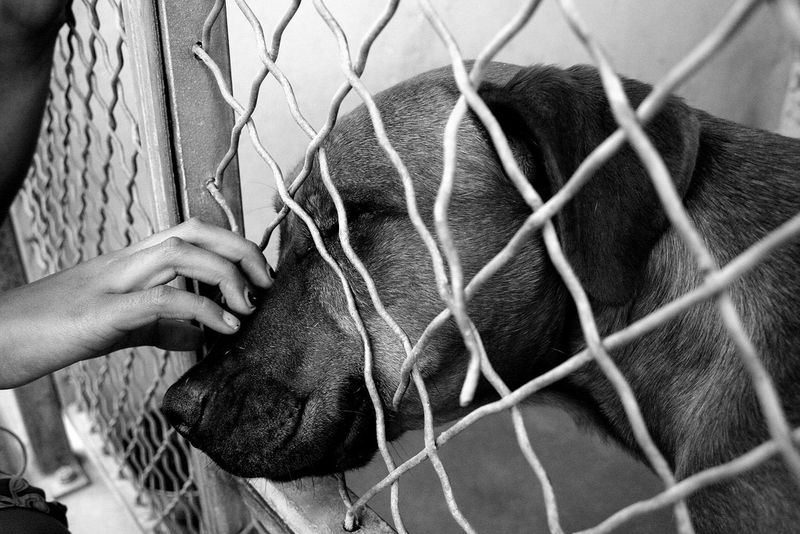
Athens and other college towns see a troubling pattern each September. Students who adopted puppies during spring semester suddenly realize pets aren’t allowed in new housing arrangements.
Local shelters report a 30% increase in surrenders when classes resume. Many students underestimate the time and money needed for proper care, especially with demanding course loads.
4. Hurricane Evacuations Creating Displacement
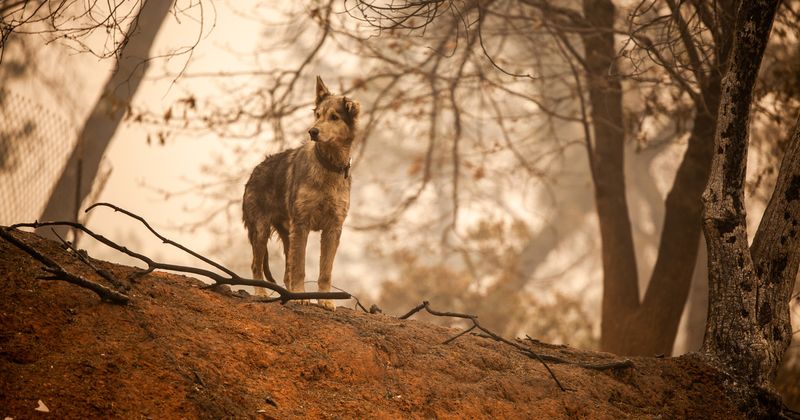
Fall hurricane season forces coastal Georgians to evacuate quickly. In the rush, pets sometimes get left behind or escape during the chaos.
After storms pass, displaced dogs roam neighborhoods looking for their families who may have relocated permanently.
Disaster response teams find countless unclaimed pets in evacuation zones each fall, adding to the stray population across the state.
5. Uncontrolled Breeding Cycles Peak
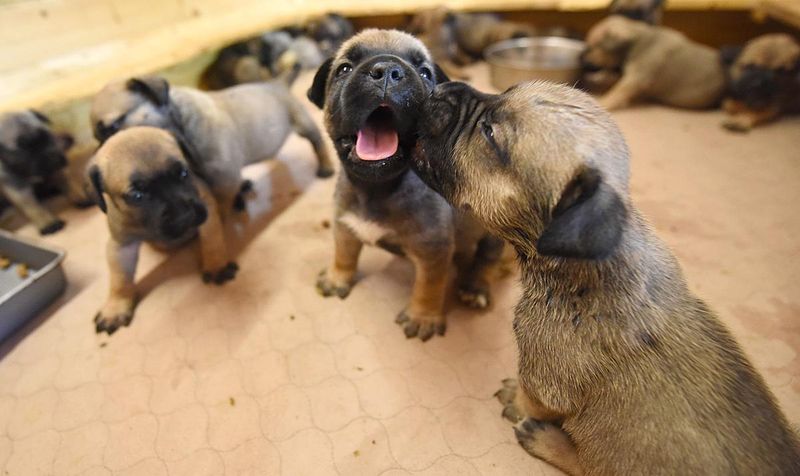
Summer mating season results in fall puppy explosions throughout Georgia. Unneutered strays produce litters that overwhelm communities when temperatures cool.
A single unspayed female can lead to dozens of puppies within months.
Rural areas with limited access to affordable spay/neuter services see the worst of this problem, with litters of puppies appearing under porches and in barns across the countryside.
6. Overflowing Shelters Hit Capacity Limits
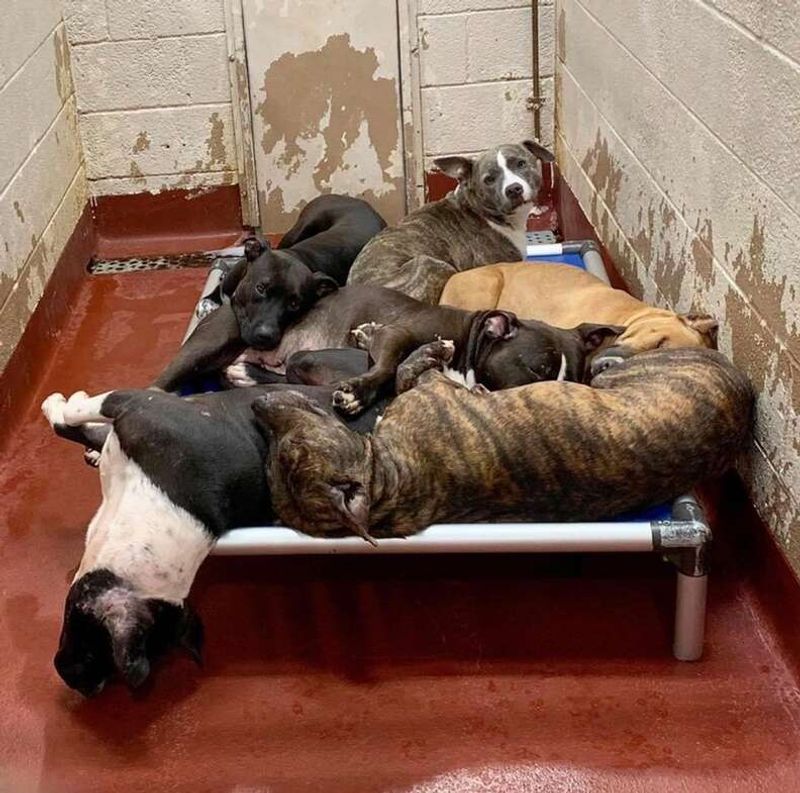
Georgia’s animal shelters face a perfect storm each fall. Summer strays, hurricane rescues, and unwanted litters flood facilities simultaneously.
When shelters reach capacity, they must pause intakes or implement emergency protocols.
This forces animal control to leave non-emergency strays on the streets longer, creating a visible increase in homeless dogs throughout communities.
7. Holiday Travel Creates Escape Opportunities
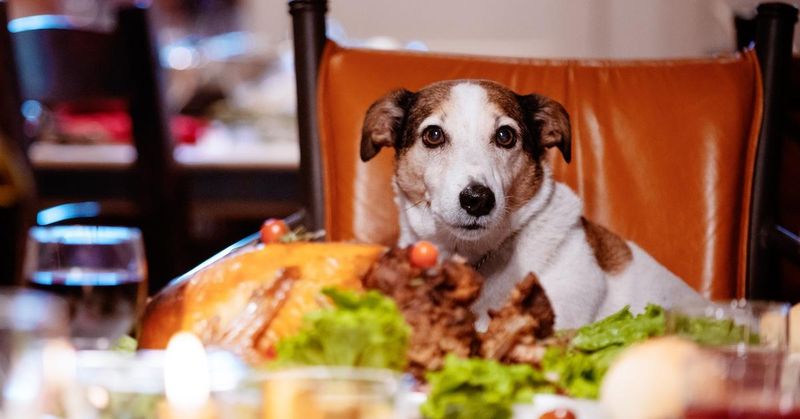
Fall holidays bring increased travel and home visitors, creating more chances for dogs to slip out unnoticed. Thanksgiving alone sees a 20% spike in lost pet reports across Georgia counties.
Unfamiliar guests opening doors, holiday decorations causing stress, and routine disruptions all contribute to the problem.
Many escaped pets lack proper ID tags or microchips, making reunion with owners unlikely.
8. Outdoor Festivals Trigger Runaway Incidents

Georgia’s calendar fills with fall festivals, fairs, and outdoor events from September through November. These gatherings often frighten dogs with unusual noises, crowds, and activities.
Fireworks and music at harvest festivals cause panic in many pets.
Animal control officers report collecting the most strays after weekend events, especially in rural counties where dogs might travel miles before being found – if they’re found at all.
9. Rural Spay/Neuter Service Gaps
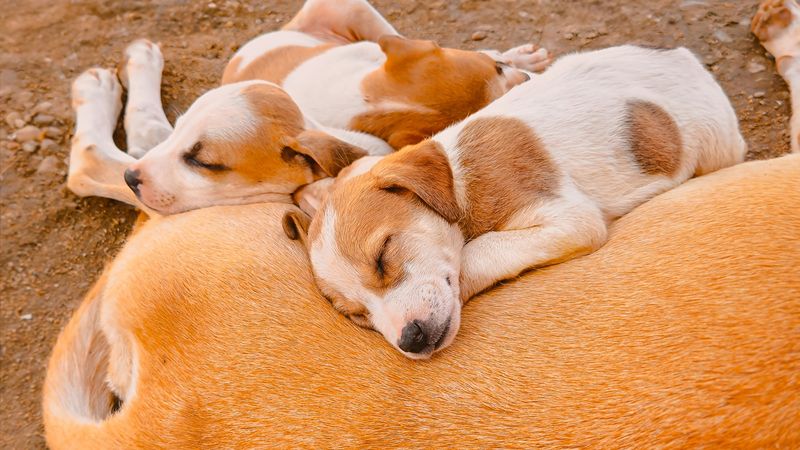
Mobile veterinary clinics that serve Georgia’s rural communities often reduce services when weather turns cooler.
Transportation challenges and limited funding create spay/neuter deserts in many counties. Families wanting to fix pets might face waiting lists until spring.
Meanwhile, unaltered dogs continue reproducing, with puppies born in fall facing harsh winter conditions and contributing to next year’s stray population growth.
10. Holiday Puppy Mill Production Ramps Up
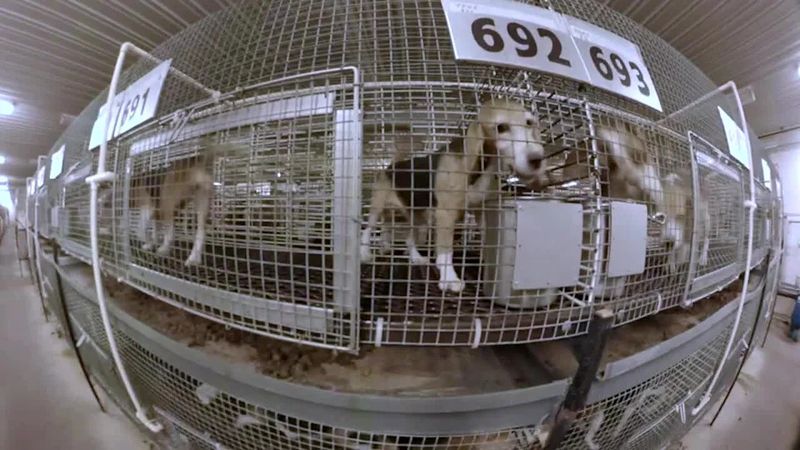
Backyard breeders increase operations each fall to prepare for holiday demand. For every puppy sold as a Christmas gift, many substandard puppies get dumped when they don’t meet seller expectations.
These discarded young dogs join the stray population without basic skills or socialization.
Law enforcement reports increased discoveries of puppy mill operations during fall months as breeding intensifies to meet December demand.
